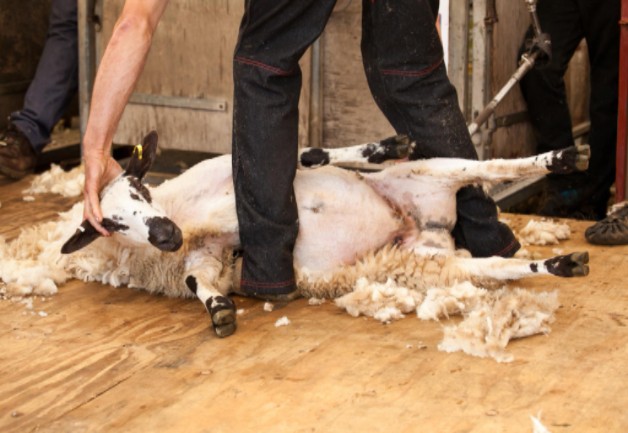Welcome back to the second part of our discussion on the wool process: shearing sheep.
Without high-quality wool, you can’t get high-quality wool bedding. As you may know, shearing is the process of harvesting a sheep’s fleece, which typically happens in the spring after the winter’s chill.
There are even sheep shearing contests:
Benefits of Shearing Sheep
Performing an annual shearing can be beneficial to both the sheep and to humans. Shearing allows for new wool growth without the fear that the sheep will suffer from excessive wool growth, which can be uncomfortable. This is especially true in warmer climates where heat stress can occur.
Additionally, excess wool can allow for the accumulation of feces in the wool. The presence of feces can encourage flies to lay their eggs on the sheep, which can result in fly larvae to bite the sheep. This can lead to infection and death if not treated properly.
Spring is the ideal time to shear because it will allow enough time for at least an inch of wool growth by summer. Some wool growth will allow the summer heat to dissipate quicker.

